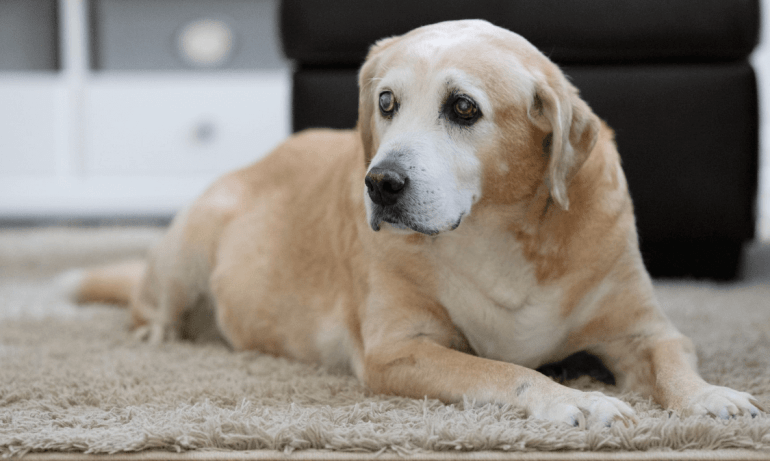Caring for a senior pet comes with its challenges. Cats and dog’s age at different paces, and the age at which your pet is considered senior depends on certain factors like age and size. As your pet ages, you’ll notice they move slower than before, have less coordination, and have worsened eyesight. Aging is a difficult process for pets. What used to be simple tasks like climbing stairs or jumping up on furniture becomes difficult for older pets. This is why it’s so important to maintain your pet’s health throughout its life, making accommodations to your living space to ensure your pet remains safe.
Before You Start, Ensure You Have a Plan in Place
As a pet owner, you want to ensure you’re prepared for any changes in your pet’s health. There’s no way to predict your pet’s future, so many pet owners take advantage of having coverage to help manage the costs of senior pet veterinary care. It can help cover accidents, as well as arthritis, thyroid problems, and cancer. Having coverage can help give you peace of mind, giving you time to focus on creating a comfortable space for your pet at home.
To help your aging pet feel more comfortable at home, here are some ways you can help.
Support Mobility
If your pet has arthritis or hip dysplasia, there are quick and easy ways to provide comfort to your pet. Design ideas that make your home pet-friendly are available, such as providing ramps and portable pet steps to prevent heavy impact on your pet’s joints. If your floors are tile or hardwood, consider putting rugs down to create traction and prevent slips and falls. Having traction mats throughout the house can help guide your pet, preventing them from wandering into an unfamiliar area.
Consider Vision Loss
Vision loss can be scary for both owner and pet. Approach vision loss in your home as if you’re “baby-proofing” your space. Start by tending to any sharp corners in your home. Covering up edges can help prevent head injury if your pet were to bump into a corner. Updates like adding night lights throughout your home to assist with nighttime navigation or removing potential trip hazards are easy changes you can make.
Minimize Unfamiliar Places
An increase in anxiety is common for older pets, potentially leading to aggressive behavior. To avoid putting additional stress on your pet, make it a point to limit new environments and faces. Aging cats and dogs need more stability in their lives, so it’s best to keep their daily routine similar. If your pet develops vision loss, help guide them throughout your home with treats to help them develop a sense of direction. With age, their sense of memory and spacial awareness lessens, making it hard for them to find things like their food, water, and bed. Choose to place these items in easy-to-find places and keep them in the same place for the remainder of your pet’s life.
Prepare for Accidents
With age, your pet may find it more difficult to control its bladder indoors. This may require you to take them out more frequently to prevent unwanted accidents. One way to protect your furniture is to get waterproof furniture covers, making for easy cleanup. With supervision and depending on the pet’s condition, installing a pet door can help give your pet the freedom to go as they please.
Having a senior pet isn’t always easy, but having support from friends and family can help you throughout this transition. Giving your pet a comfortable and safe environment will allow them to age with grace.

